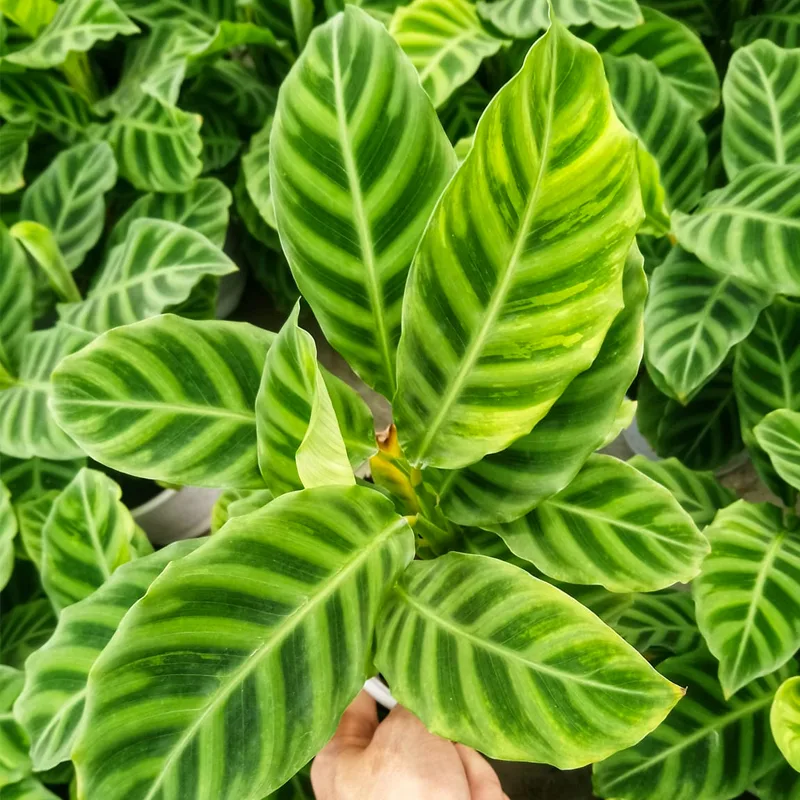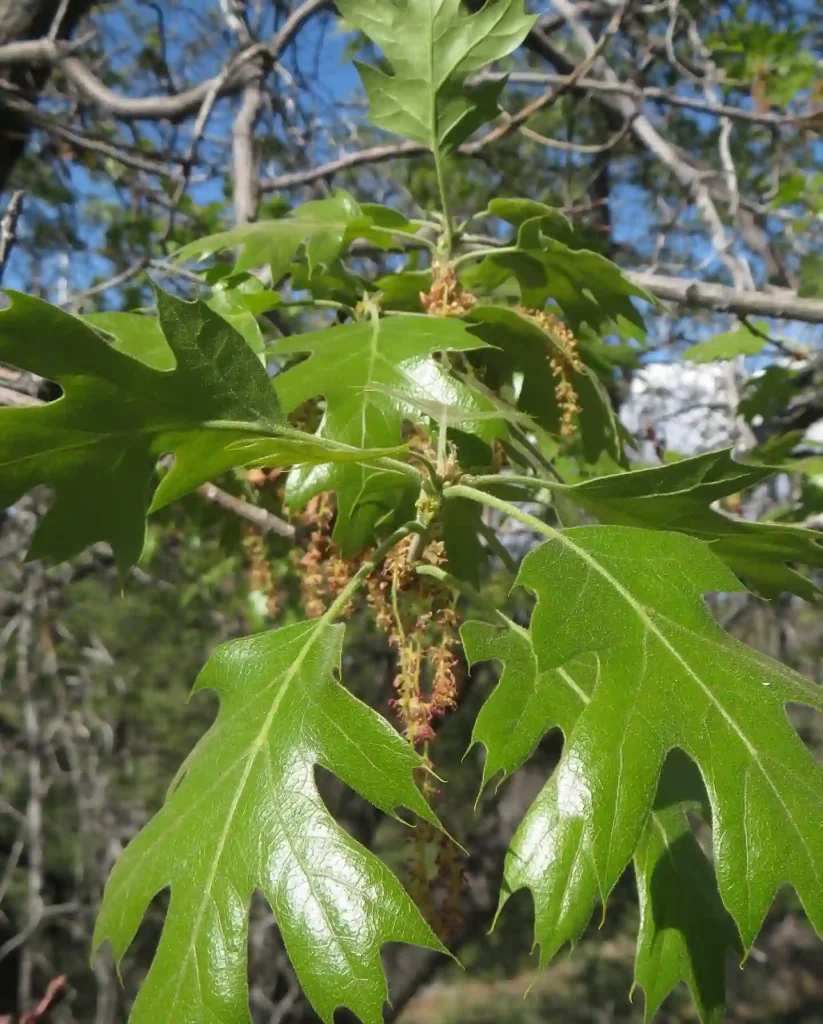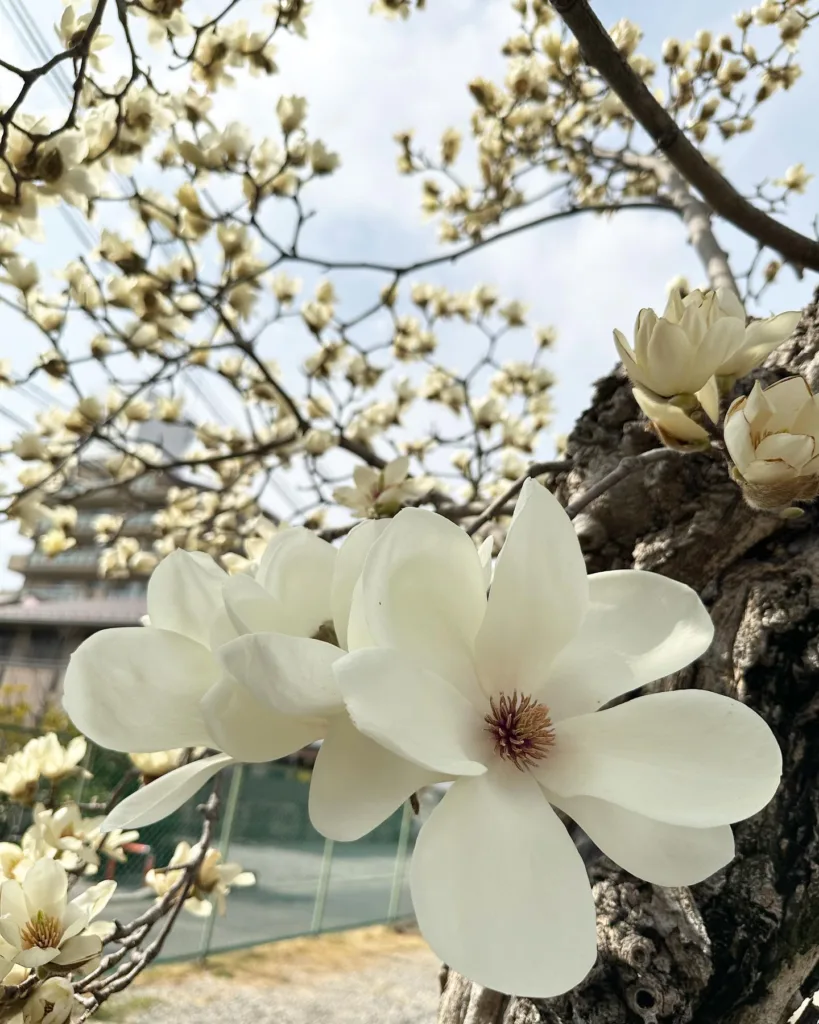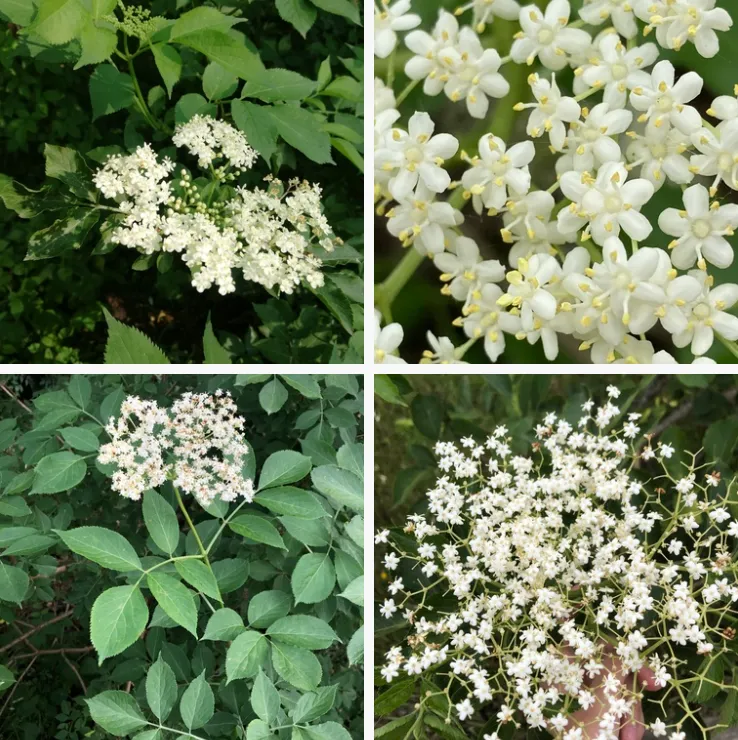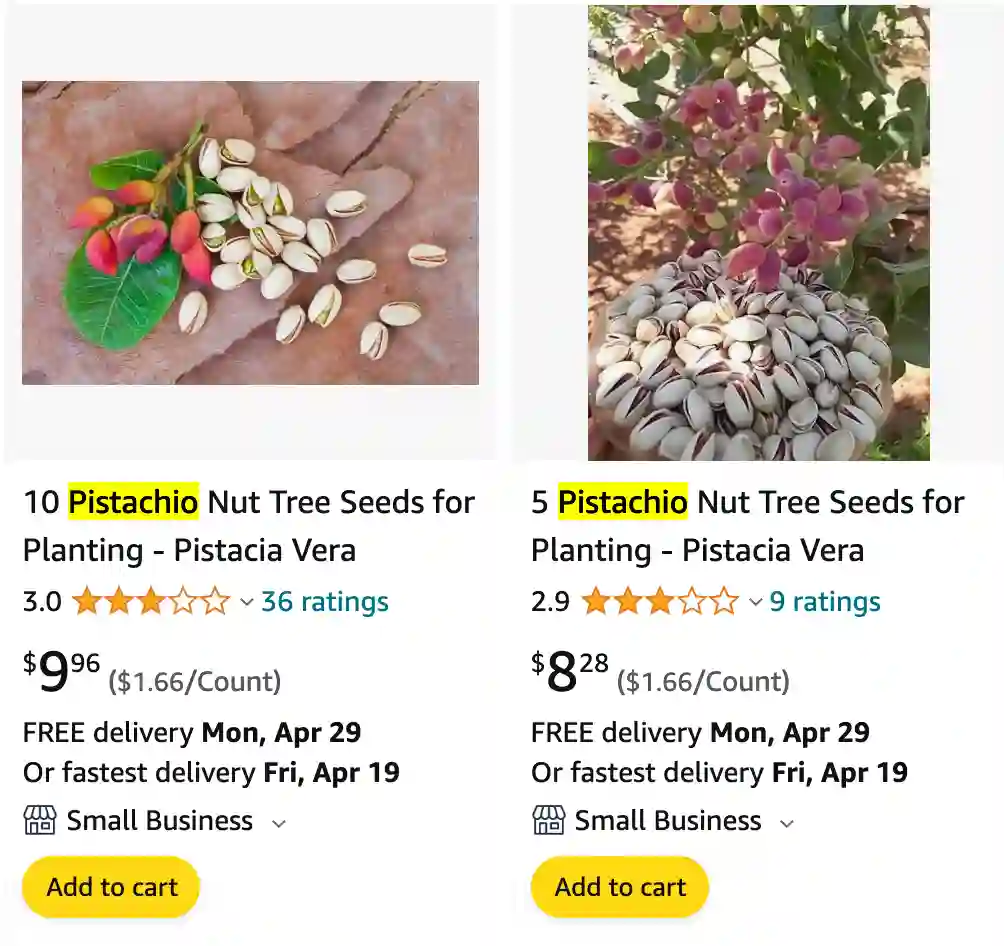
Pistachio – Pistacia vera: A Nut Worth Savoring
Pistachios hold a special place in my life. These small, vibrant green nuts, encased in their beige shells, have always fascinated me. Not only for their unique flavor and texture but for the story they carry—their history, cultivation, and the intricate balance they strike between health benefits and culinary versatility. Let me take you on a journey through my experiences with this remarkable tree, Pistacia vera.
12 Species in Genus Pistacia
A Brief History of Pistachios
Pistachios are among the oldest flowering nut trees, with a lineage dating back thousands of years to the Middle East and Central Asia. Ancient cultures revered them for their rich taste and symbolic value. They were considered a delicacy, reserved for royalty or offered as a luxurious gift. Learning about this heritage, I couldn’t help but feel connected to a tradition that bridges the gap between ancient times and our modern kitchens.
When I first encountered a pistachio tree in person, I was struck by its resilience. Thriving in arid climates, Pistacia vera can withstand harsh conditions, a trait that makes it a symbol of endurance and adaptability. Its ability to flourish in poor soil with minimal water has always amazed me—a testament to nature’s ingenuity.
The Cultivation Process
Growing pistachios is no small feat. Farmers require patience, as the trees take years to mature and produce their first substantial yield. The nuts themselves undergo a fascinating development process, from flowering to harvest. What stands out to me is how they ripen naturally, with their shells splitting open to reveal the treasure within. This “smiling” characteristic of pistachios always brings a sense of satisfaction when I crack them open.
In my exploration of pistachio cultivation, I learned that their primary production hubs include Iran, the United States (especially California), Turkey, and Greece. California pistachios, in particular, have a distinct flavor profile—mild and buttery. This regional variation intrigues me, as it mirrors the influence of terroir in wine production.
Health Benefits
What draws me most to pistachios is their impressive nutritional profile. They are a powerhouse of nutrients, rich in healthy fats, protein, and dietary fiber. Whenever I snack on pistachios, I remind myself of the health benefits they provide:
- Heart Health: Pistachios contain unsaturated fats and antioxidants, which help reduce bad cholesterol and improve cardiovascular health.
- Weight Management: Their high protein and fiber content keep me full longer, making them an excellent snack for maintaining a balanced diet.
- Rich in Antioxidants: Lutein and zeaxanthin, found in pistachios, are beneficial for eye health.
- Blood Sugar Control: Including pistachios in meals helps regulate blood sugar levels—a bonus for anyone watching their glucose intake.
Knowing all this, I feel good about indulging in a handful of pistachios, whether as a standalone snack or part of a larger meal.
Culinary Versatility
Speaking of meals, pistachios are culinary chameleons. Their subtle sweetness and nutty richness complement an array of dishes. I love adding crushed pistachios to salads for a delightful crunch or sprinkling them over desserts like baklava and ice cream. Pistachio pesto is another favorite of mine—an unconventional twist on the classic basil version, offering a deeper, earthier flavor.
One of my fondest memories involves making pistachio gelato for the first time. The vivid green hue and creamy texture were as satisfying to create as they were to taste. Pistachios also shine in savory applications, like crusting salmon or blending into dips like muhammara.
Sustainability and Ethical Farming
Another aspect of pistachios that resonates with me is their relatively low environmental footprint compared to other nuts. While they do require significant water during their growing season, they’re more efficient in terms of yield per tree.
I’ve also become more mindful of where my pistachios come from, ensuring they are sourced ethically. Supporting sustainable practices not only helps the environment but also uplifts the communities involved in farming these precious nuts.
FAQs
Are pistachios good for you?
From my experience, eating pistachios feels like a treat that’s good for my health; they’re packed with nutrients and keep me satisfied.
Can dogs eat pistachios?
I’ve avoided giving pistachios to my dog, as even though they’re not toxic, they can be hard on their digestive system.
Are pistachios healthy?
Pistachios have become my go-to snack because they’re rich in healthy fats, fiber, and protein, which keeps me feeling full and energized.
How do pistachios grow?
I find it fascinating that pistachios grow on trees in clusters, and they need a hot, dry climate to thrive, which is quite different from other nuts.
Where do pistachios come from?
When I learned that pistachios originate from the Middle East and Central Asia, it made me appreciate their rich history and journey to my snack bowl.
Can cats eat pistachios?
I wouldn’t give my cat pistachios; their digestive systems are delicate, and nuts aren’t ideal for them.
Do pistachios go bad?
In my experience, pistachios can go bad if they’re not stored properly; I’ve had them turn rancid when left in a warm, humid place.
Are pistachios keto?
Pistachios fit well into my keto diet because they’re low in carbs and high in healthy fats, making them a great snack option.
Are pistachios good for weight loss?
I’ve found pistachios helpful for weight loss as their protein and fiber content keeps me full, reducing my overall calorie intake.
How many calories in pistachios?
Each time I snack on pistachios, I remember they’re relatively calorie-dense, with around 160 calories per ounce, so I eat them in moderation.
Why are pistachios so expensive?
The price of pistachios always surprises me; their high cost is due to the labor-intensive harvesting process and their limited growing regions.
Do pistachios make you poop?
I’ve noticed that eating pistachios, with their fiber content, can help keep me regular, especially if I’ve been a bit constipated.
What do pistachios taste like?
The rich, nutty flavor of pistachios has always been a favorite of mine, with a slightly sweet and savory taste that’s distinct and satisfying.
How to make pistachio paste?
Making pistachio paste at home was surprisingly easy; just blend roasted pistachios with a bit of oil until smooth, and it’s perfect for spreading or baking.
Can you eat pistachio shells?
I’ve tried eating pistachio shells out of curiosity, but they’re too tough and fibrous for my liking, so I always toss them.
How to make pistachio butter?
Pistachio butter is a treat I love making by blending roasted pistachios with a little salt and oil until creamy; it’s fantastic on toast.
What to do with pistachio shells?
I use pistachio shells for creative projects like making plant pot decorations or as mulch in my garden; they’re quite versatile.
Are pistachios gluten free?
Pistachios have always been a safe snack for me since they’re naturally gluten-free, perfect for my gluten-sensitive friends.
Are pistachios low fodmap?
I’ve had mixed results with pistachios on a low FODMAP diet; while they’re okay in small amounts, larger servings can be problematic.
Do squirrels eat pistachios?
I’ve seen squirrels go crazy for pistachios; they seem to love the nutty flavor, and they’re always a hit in my backyard feeder.
How long are pistachios good for?
I’ve kept pistachios fresh for several months when stored in an airtight container in a cool, dry place; they last longer if frozen.
How to make pistachio cream?
Making pistachio cream at home involves blending pistachios with a bit of cream and sugar, which I’ve found to be a delicious addition to desserts.
Are pistachios good for a diabetic?
I’ve heard that pistachios can be a good choice for diabetics because they have a low glycemic index and can help with blood sugar control.
Are pistachios high in oxalates?
I’ve avoided pistachios when managing oxalate levels because they do have a higher oxalate content, which can be a concern for some people.
Can birds eat pistachios?
Birds in my yard seem to enjoy pistachios; they peck at them and seem to benefit from the nut’s nutritious content.
Can chickens eat pistachios?
I’ve given my chickens pistachios as an occasional treat, but only in moderation since too many nuts can upset their digestion.
Can you eat pistachios while pregnant?
During pregnancy, I’ve enjoyed pistachios for their healthy fats and protein, but I always make sure to eat them in moderation.
Can hamsters eat pistachios?
I’ve avoided giving pistachios to my hamster because they’re too high in fat and could upset their little tummy.
Can parrots eat pistachios?
My parrots love pistachios, but I make sure to give them only a few at a time to keep their diet balanced and healthy.
Can rats eat pistachios?
Rats seem to enjoy pistachios, but I always feed them in moderation, as nuts can be a bit rich for their diet.
Can you freeze pistachios?
I’ve found freezing pistachios to be an excellent way to keep them fresh; they stay crunchy and flavorful even after months in the freezer.
How to make pistachio syrup?
Making pistachio syrup at home was a fun experiment; I combined pistachio paste with sugar and water, then heated it to create a sweet, nutty syrup perfect for coffee.
Pistachio vs Cashew
I find that pistachios offer a unique crunch and slightly sweet flavor compared to cashews, which are creamier and more buttery, making pistachios my go-to for a satisfying, nutty snack.
Pistachio vs Walnut
While both nuts are great for adding texture to dishes, I love how pistachios bring a pop of color and a subtle, savory taste, whereas walnuts add a rich, earthy flavor that’s perfect for baked goods and salads.
Pistachio vs Almond
Pistachios are my favorite when I want a nut with a distinct, bold flavor and a fun shell to crack open, whereas almonds are my choice for a more neutral, versatile nut that works well in both sweet and savory recipes.
Pistachio vs Peanut
I appreciate pistachios for their rich, complex flavor and crunchy texture, but peanuts win me over with their versatility and affordability, especially when used in everything from peanut butter to savory Asian dishes.
Final Thoughts
Pistachios are more than just a snack to me—they are a connection to history, a celebration of resilience, and a cornerstone of my culinary adventures. Whether I’m enjoying them straight out of the shell or using them to elevate a dish, pistachios always bring a sense of delight.
Next time you reach for a handful of these green gems, take a moment to appreciate their journey—from the rugged landscapes where they grow to your plate. Pistacia vera truly is a nut worth savoring, both for its flavor and the rich tapestry of culture and care it represents.
If i die, water my plants!
